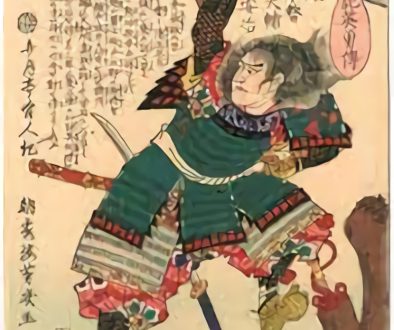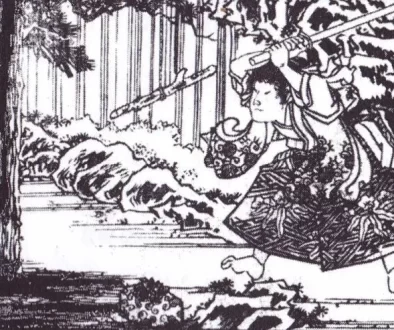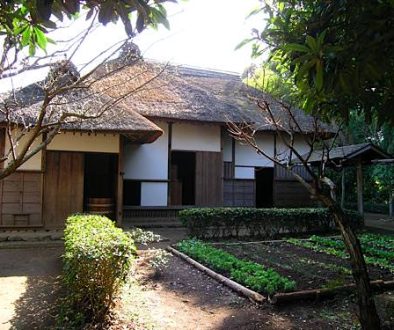Women
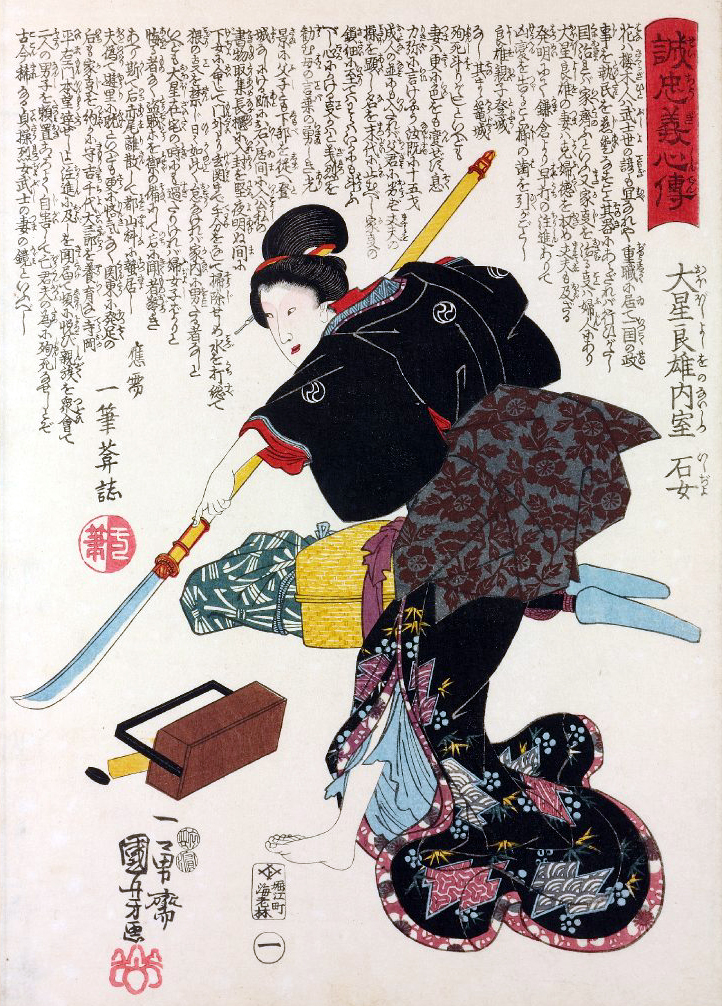
In early feudal Japan, the women that samurai choose as their wives were expected to maintain the household while their husbands were away fighting. Wives were known as okugatasama, which is translated to mean the one who remains at home. It was their responsibility to manage the household affairs, and bring up the children.
Often they were even trained in the use of the polearm, the naginata, to defend the home, and also in tantojutsu, which was used with a special knife called the kaiken. They would have these weapons at their disposal if they had to defend their family or even their honor.
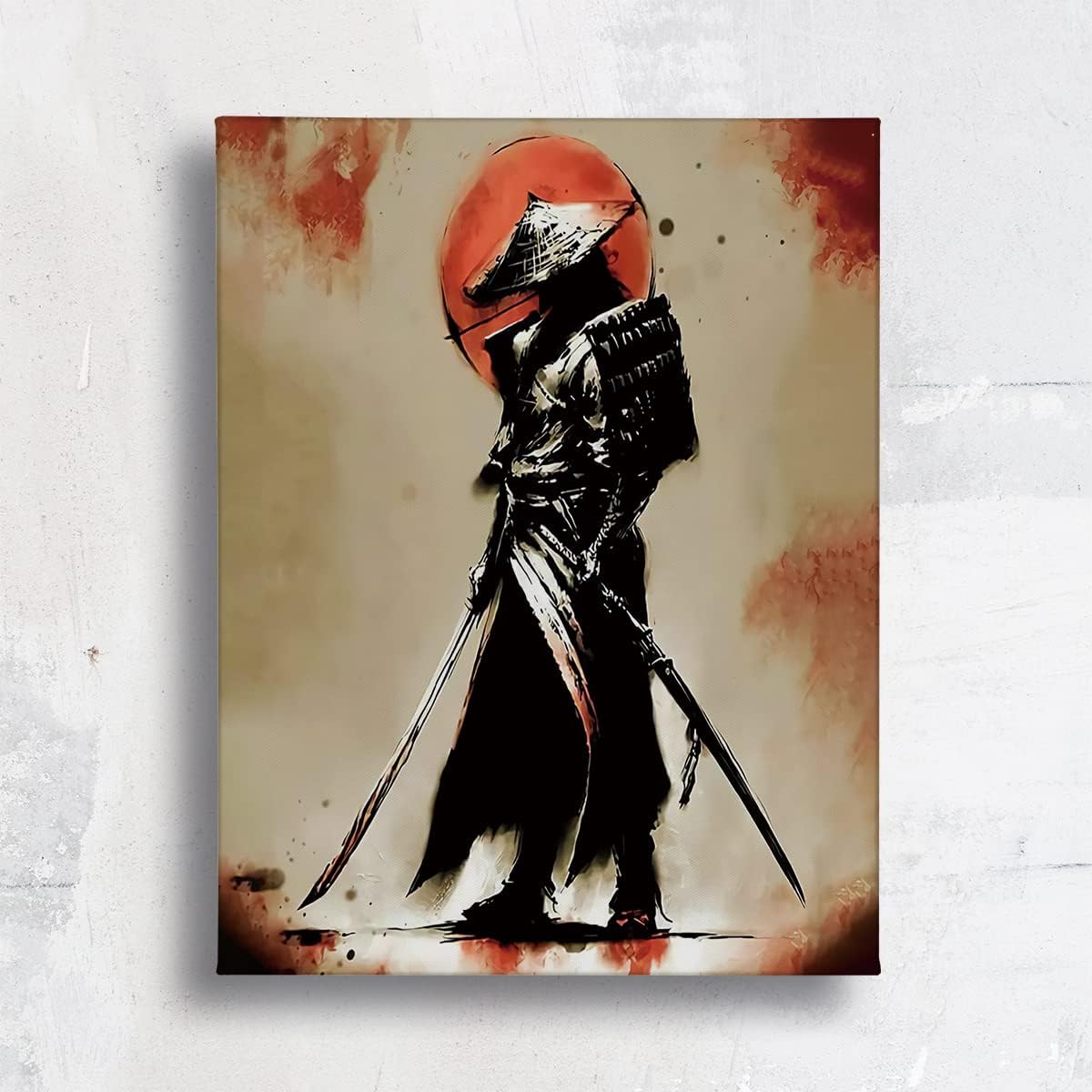
Women were chosen as wives through strong family connections and recommendations, and values such as self-control, obedience, loyalty, and strength were all considered essential factors in deciding a spouse. Once married to a samurai, they were also required to handle skills including managing property, dealing with financial transactions as well as record keeping.
If they had children, it was also their responsibility to educate the children, and for many samurai families, looking after in-laws, or elderly parents under the same roof was common. Samurai wives were expected to exercise and maintain discipline in their household and ensure their name held up with integrity.
The Life of Feudal Women Samurai
The role of women samurai in feudal Japan is unique. Women can do anything men can, but they are expected to do so in the strictest sense of the word. Feudal women samurai are women who are able to serve their feudal lords in times of military conflict. Feudal Women Samurai were not only warriors but they also had the duty of caring for the members of their lord’s household
Women were often admired for their martial skills, but there were also strong taboos against women fighting in battle. This led to the creation of separate “feudal woman samurai” warrior class where they would fight without going to war and their skills would be used for protecting the household only. Some feudal women samurai are also known as “Onna-bugeisha” which is translated as “woman warrior”.
Traditional Clothing for Japanese Samurais & Feudal Women
Traditional Japanese clothing for women, known as Han-fuku, consists of a kimono-style garment with an obi tied around the waist. The garments are usually dark in color to represent the wearer’s modesty and simplicity. It was also worn by aristocratic women. The samurai wore a similar outfit called hakama that is tied at the waist with an obi but differs in style from the hanfu style dress for women.
Education & Learning For Japanese Woman Samurai
The education system in Japan during the feudal period was heavily influenced by Confucianism. Education during this time was hierarchical and based on class. The upper classes were given the most privileges, while the lower classes were given less access to education, resulting in a low literacy rate.
For women, their options for occupations were limited. They could be married off as an arranged bride or become a nun or geisha. Women who could not or chose not to marry had few options for survival other than becoming an artist, prostitute or beggar. Many of these women became warriors, known as samurai.
Women’s Role within the Feudal System & Society
While the position of women in feudal society was limited to a certain degree, they had more freedom and power than many people may think. In ancient Japan, it was socially acceptable for women to have a profession as opposed to just being a mother.
In the past, women played important roles in Japanese society as there were many female politicians and army generals. This gradually changed over time as women’s societal roles became more restricted.
